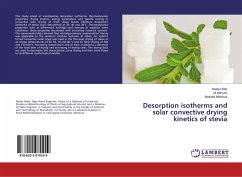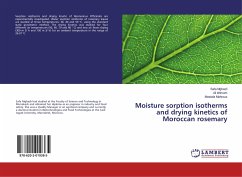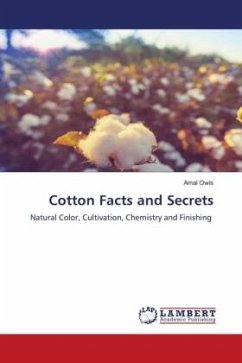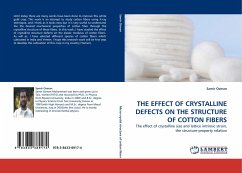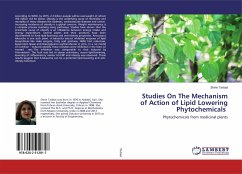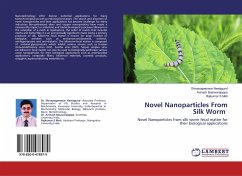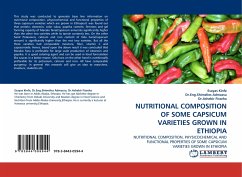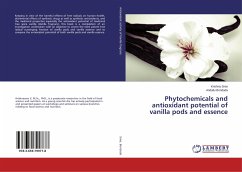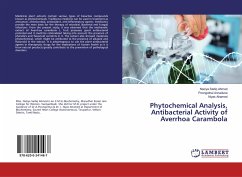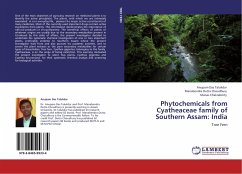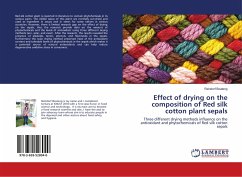
Effect of drying on the composition of Red silk cotton plant sepals
Three different drying methods influence on the antioxidant and phytochemicals of Red silk cotton sepals
Versandkostenfrei!
Versandfertig in 6-10 Tagen
27,99 €
inkl. MwSt.

PAYBACK Punkte
14 °P sammeln!
Red silk cotton plant is reported in literature to contain phytohemicals in its various parts. The edible sepas of this plant are normally sun-dried and used as ingredient in soups and in stews for some natives in various countries. However, there is limited research gap on the effect of drying on the sepals, thus the research provide data on the amount of phytochemicals and the levels of antioxidant using three different drying methods (sun, solar, and oven). After the research, the results revealed the presence of alkaloids, tanins, phenols, and flavonoids in the sepals. Furthermore the sola...
Red silk cotton plant is reported in literature to contain phytohemicals in its various parts. The edible sepas of this plant are normally sun-dried and used as ingredient in soups and in stews for some natives in various countries. However, there is limited research gap on the effect of drying on the sepals, thus the research provide data on the amount of phytochemicals and the levels of antioxidant using three different drying methods (sun, solar, and oven). After the research, the results revealed the presence of alkaloids, tanins, phenols, and flavonoids in the sepals. Furthermore the solar drying method preserved most of the antioxidant content and tolerable levels of phytochemicals in the sepals which makes it a potential source of natural antioxidants and can help reduce degenerative oxidative stress in consumers.



